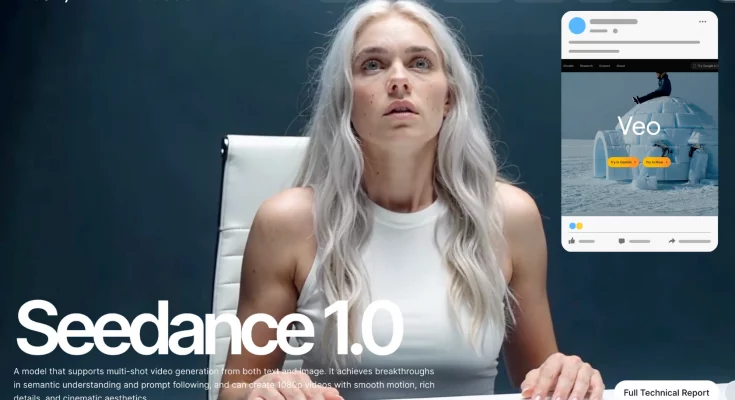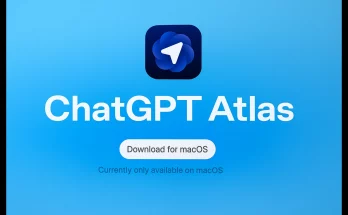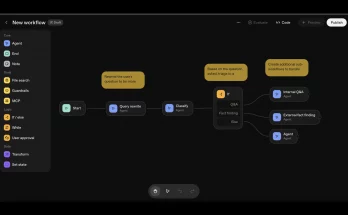In recent years, AI video generation has seen remarkable advancements, leading to the development of powerful tools designed to create realistic and engaging video content. Among the frontrunners in this field are ByteDance’s Seedance 1.0 and Google’s Veo 3, both notable for their capabilities in generating high-quality videos. While Veo 3 has created a buzz with its impressive features, ByteDance’s Seedance 1.0 has quietly emerged as a game-changer.
Overview of Google’s Veo 3
Launched with much fanfare, Google’s Veo 3 is a cutting-edge video generation model known for its sophisticated audio synthesis and cinematic tools. It’s been hailed as groundbreaking, especially for its ability to synthesize video content that feels both immersive and engaging, akin to what ChatGPT brought to text generation. The tool allows users to customize various elements, enhancing storytelling capabilities through synchronized dialogues and dynamic environments.
Key Features of Veo 3
- Audio-aware video synthesis
- Control over camera movement and shot composition via its Flow tool
- Ability to create synchronized dialogue
- Dynamic environment integration for enhanced user experience
ByteDance’s Seedance 1.0: A New Contender
In contrast to the high-profile launch of Veo 3, Seedance 1.0 was introduced more quietly. ByteDance’s research paper revealed a bilingual video generation model that captures the attention of the tech community. This model has notably topped the independent leaderboards for both text-to-video and image-to-video generation.
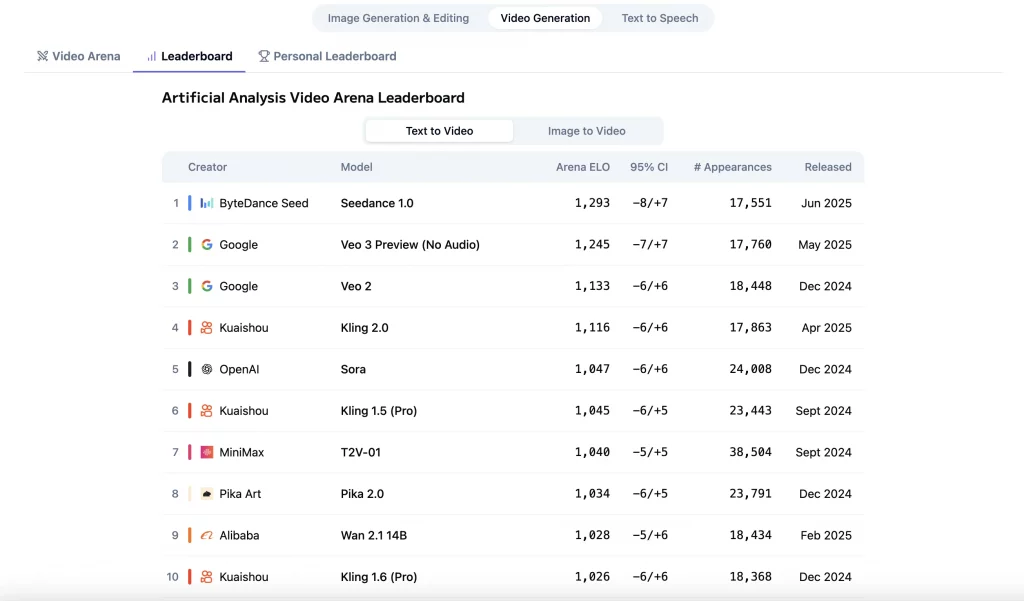
Innovative Technology Behind Seedance 1.0
Seedance 1.0 incorporates advanced techniques that significantly enhance its video generation capabilities. The model decouples spatial and temporal layers using interleaved multimodal positional encoding. This innovation allows for:
- Joint learning of text-to-video and image-to-video in a single framework
- Multi-shot video generation support
- Complex scene transitions with consistent subject representation
Performance Comparison: Seedance 1.0 vs. Veo 3
When directly compared, Seedance 1.0 outperformed Veo 3 on multiple fronts. The findings from benchmarks demonstrate that:
- Seedance displayed superior scores in prompt-following ability and motion realism on the SeedVideoBench.
- While Veo 3 sometimes exhibited inconsistencies in lighting and textures, Seedance maintained better visual coherence and fidelity.
- Seedance 1.0 is significantly faster, generating a five-second video at 1080p in just 41.4 seconds on a single NVIDIA-L20 GPU.

Data Pipeline and Reinforcement Learning
A large part of Seedance 1.0’s performance can be linked back to ByteDance’s comprehensive data pipeline. The team curated a robust dataset that includes detailed bilingual captions, focusing on accuracy and adherence to generation prompts. This was coupled with a novel reinforcement learning framework, emphasizing:
- Foundational alignment
- Motion quality
- Aesthetic scores
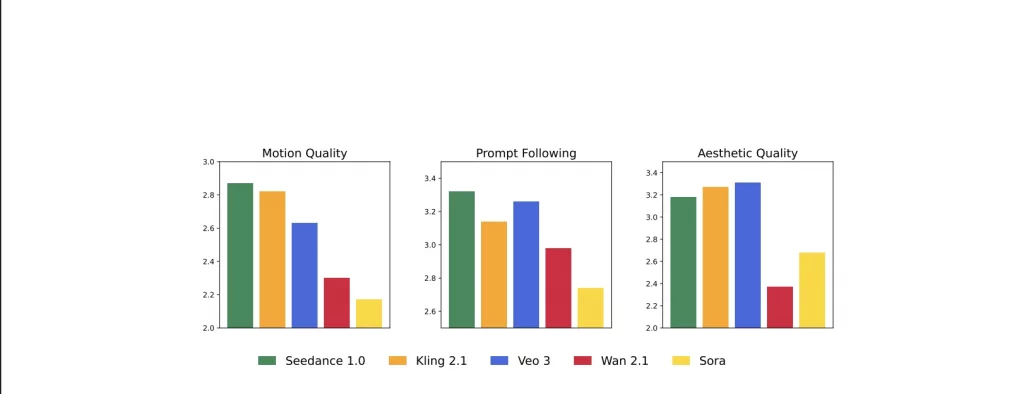
The Future of Seedance 1.0
Set to be integrated across various platforms like Doubao and Jimeng in June 2025, Seedance 1.0 aims to transform workflows for professionals who rely on video content. Not only does it enhance productivity, but it also caters to the growing demand for high-quality video generation tools.
Both Google’s Veo 3 and ByteDance’s Seedance 1.0 are significant achievements in AI video generation. While Veo 3 introduced groundbreaking features, Seedance 1.0 has established itself as a formidable challenger with its superior visual fidelity and speed. As AI continues to evolve, experts and content creators will benefit from these advances in technology, promising a future with enhanced capabilities in video production.
